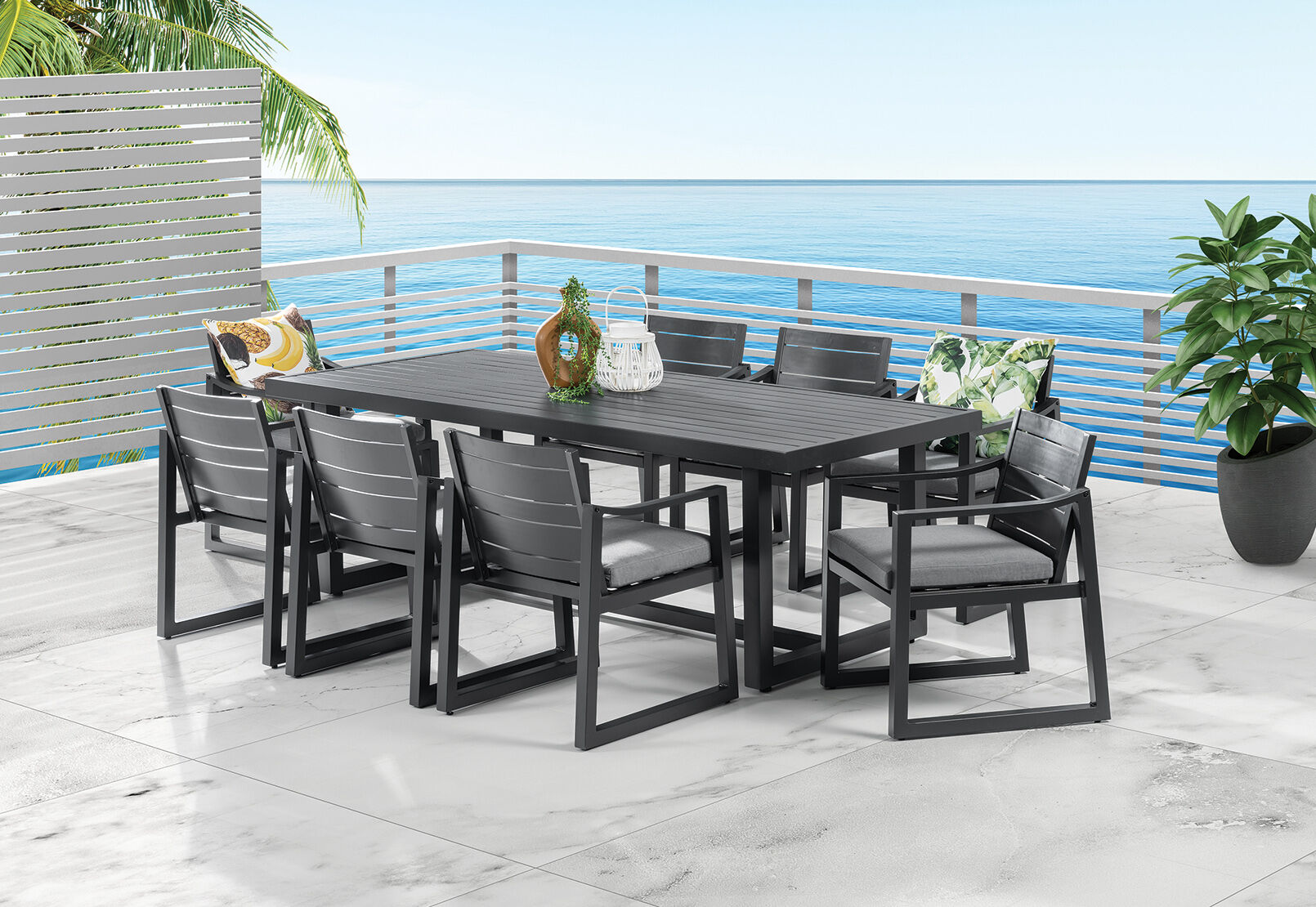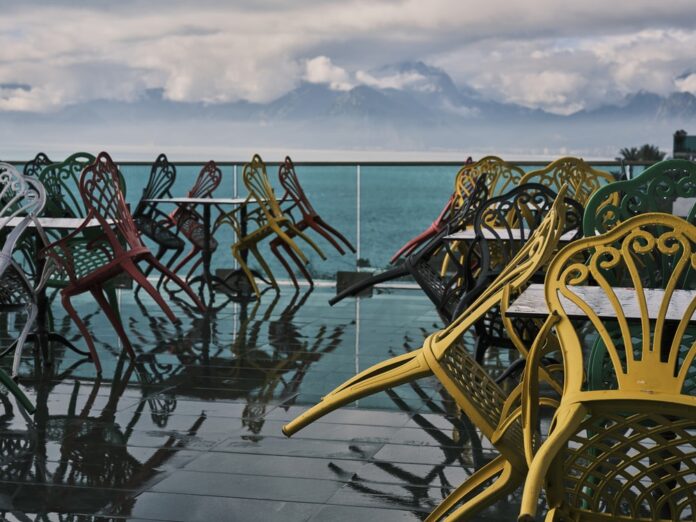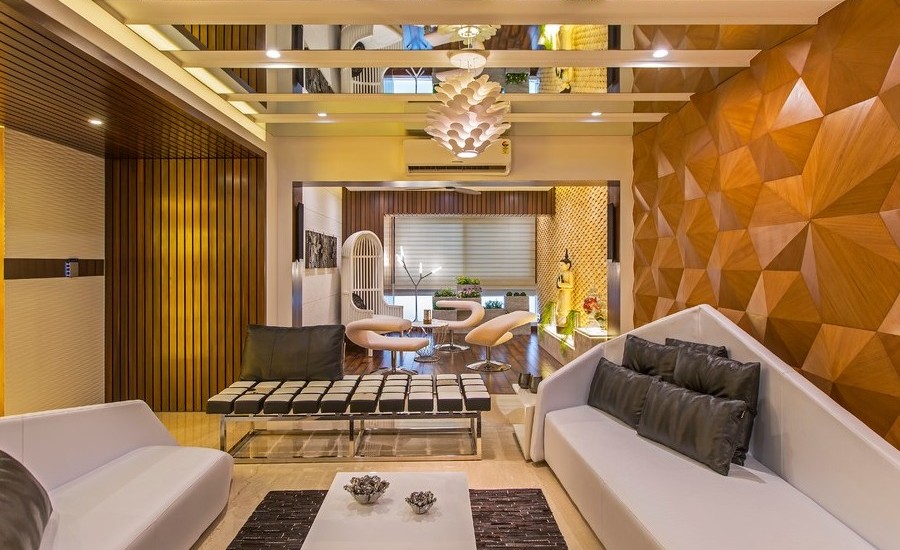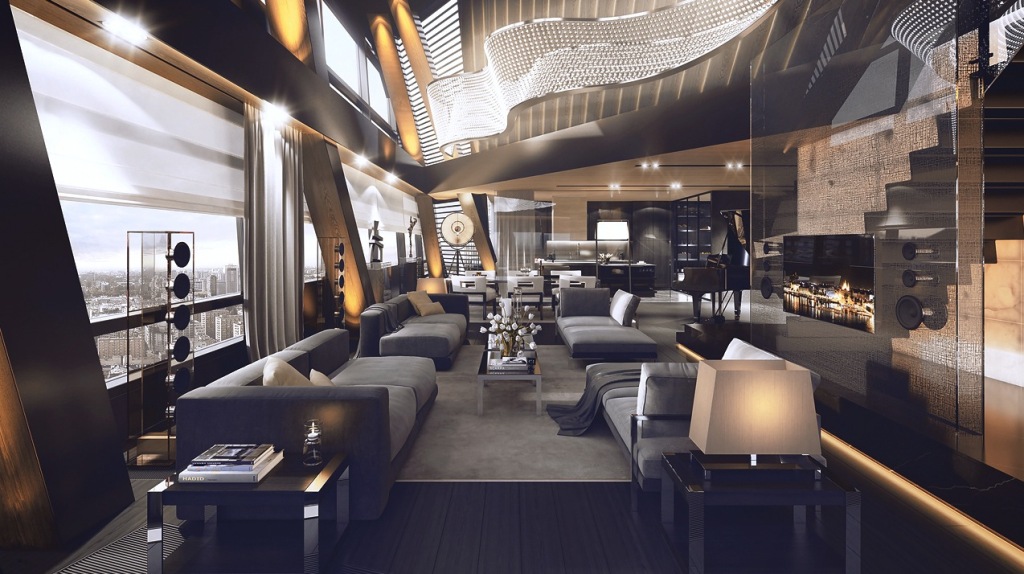Isn’t metal just metal? Not so fast, my friend. When it comes to garden furniture, cast iron is harder, more fragile, and more fusible than steel. In what way can you tell if a piece of custom metal furniture is made out of cast iron instead of steel, aluminum, wrought iron, or copper?
Garden antiques made of cast iron are easy to fall in love with, particularly if they are adorned with artistic patterns and embellishments.
Most items made of cast iron, which include tables, chairs, urns, and settees, were (and continue to be) extensively duplicated, rendering it hard to tell the difference between the tradition and modernity if the new style has been tarnished, counterfeits, or exposed to rust.

What is Cast Iron Made of?
Cast iron is one of the oldest and most common ferrous metals that have been utilized in the construction industry and home improvement. Carbon, iron, and silicon make up the majority of its composition, but it could also include traces of manganese, phosphorus, and sulfur. This contains an amount of carbon of 2 to 5%, which is quite high. Cast iron, unlike wrought iron, is solid, massive, nonmalleable (which can’t be twisted, wrought, or pounded into shape), and is fusible, as mentioned above. Despite the fact that cast iron can break when massive force is applied to it, it performs effectively when compressed. Its substance and production process are both important factors in influencing its properties.
The same procedure is used to make cast iron today as it was in the past. Iron ore is heated with limestone and coke in blast furnaces. During this process, the ore is deoxidized and any contaminants are removed, resulting in molten iron. This molten iron is placed into a mold of a certain shape and left to cool and solidify. Cast iron, when properly made, creates a protective coating or layer on its surface, making it much more corrosion resistant compared to mild steel or wrought iron. Wax, paint, bituminous coating, galvanizing, and plating are a few examples of these.
Grey cast iron is by far the most typical traditional form. It is simple to produce common or grey cast iron, however, this cannot be forged or mechanically manipulated, regardless of whether it’s cold or hot. The carbon component of grey cast iron is spread all through the alloy in the form of flakes. The carbon content of white cast iron is chemically bonded as iron carbide. The compressive modulus and malleability of white cast iron are superior. This is also referred to as spheroidal graphite iron or malleable graphite iron.
Outdoor Applications
Cast iron is still utilized for a variety of structural and aesthetic uses since it is comparatively cheap, strong, and easy to form into diverse forms. These are some of them:
- Furniture for the garden. Almost all of the cream Rococo pieces of patio or outdoor furniture at The White House, including such benches and private dining sets, are constructed of cast iron, which complements the famed house’s architecture.
- Markers and plaques commemorating historical events
- Posts, balusters, and columns are all examples of architectural elements.
- Hinges and latches are examples of hardware.
- Gates and fences
- Artistic elements
How to Tell if It’s Cast Iron or Not
During the mid-to-late 1800s, there was a need for cast iron outdoor equipment and lawn decorations due to the Victorian era’s love of gardening. Cast iron is much less costly to produce at the time, thus it was preferred over the more expensive ironwork lawn furniture common in the early and mid-1800s. But by the beginning of the century, steel, which was lighter and stronger, had become increasingly popular.
Cast iron can be distinguished by the following characteristics:
- Manufacturer’s stamps or marks: These will aid in tracing the item’s history.
- If it’s hefty, it’s probably cast iron. However, don’t leave it at that.
- Cast iron was/is frequently embellished with traditional motifs such as fruit, flowers, and even grapevines.
- Carved molds and welded into curves and elaborate patterns: Furniture was crafted using carved molds and created into shapes and decorative designs.
Guidelines for general use:
Clear, sharp, detailed, and generally fine surfaces must be present throughout all castings. New work is indicated by casting faults like pits, lumps, and finning. Vintage items should show signs of typical wear and aging.
Remain skeptical of any chair, table, or bench, that is not even fastened using detachable Standard measure bolts and nuts. For a flush surface, flathead bolts in beveled holes must be used on seats and tabletops, and seats.
Huge vases or urns which are not formed into three or more independent detachable pieces should be avoided. Gravity, bolts, and not nuts kept the original urns in position. Urns with a diameter of 12″ or greater should really have appropriate drainage.
And also do not forget to use a magnet to ensure you’re dealing with a cast-iron rather than cast aluminum.


















